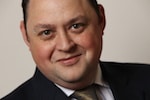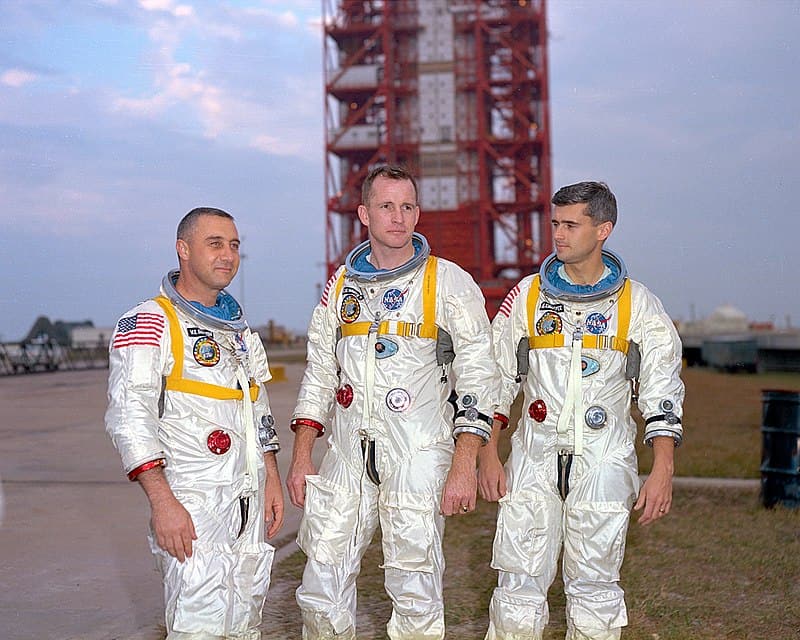
Stuart Nathan
Features Editor
Two engineers who passed away recently deserve to have their stories told, says Stuart Nathan
It’s in the nature of engineering that there are many unsung heroes. Engineers tend to work in teams, with a focus on getting the job done rather than on individual recognition; they are even more self-effacing than scientists, who at least more often get their names on papers in primary journals. But I’ve recently learned of two engineers – both the fathers of friends of mine – who deserve to have their names remembered.
I’ve known Jim Massey for over 20 years, but as its the 21st century we’ve never actually met. It was only very recently that I learned that Jim’s father Joel Daniel Massey, who passed away at the beginning of August, played a significant role in the Apollo missions. Joel was primarily a programmer, working with punch cards and debugging them with Scotch tape, but perhaps his most significant contribution was as a team lead on the investigation into the Apollo 1 fire in 1967. Apollo 1 was planned to be the first low Earth orbit crewed test of the command and service module, but it never flew: during a launch rehearsal test, a fire in the cabin killed all three crew members – Virgil “Gus” Grissom, Ed White and Roger Chaffee.
The enquiry found that contributing factors to the death of the crew included the pure oxygen atmosphere in the cabin and the design of the escape hatch, which could not be opened against the high internal pressure of the cabin. Joel’s work was instrumental in changing the oxygen mix in the cabin and redesigning the hatch to prevent further disasters: it’s no exaggeration to say that without Joel Massey’s contribution, Apollo 11 would never have got off the launch pad. It might even have never got to the launch pad.

Jim tells me that his father was a dedicated family man, married for 58 years and devoted to his children and grandchildren. He found ways to reconcile his religious faith with science, and although his final years were clouded by dementia his family remains fiercely proud of the man and his achievements. The Engineer would like to send condolences to the Massey family.
Another name worth memorialising is Richard Epworth, who passed away earlier this year. Richard was a member of the team which developed fibre-optic communications at Standard Telecommunications Laboratories in the 1960s. Working with Charles Kuen Kao, Richard and the team were trying to create a communications system that would be able to handle the data required to transmit videophone signals, which were believed to be a near-future possibility. The team looked at transmission along hollow, air-filled tubes and optical waveguides using microwaves, but Kao’s insight, which won him a Nobel prize in 2009, was to realise the best way would be to transmit visible light through a very pure glass fibre. STL collaborated with Bell Labs, which had devised a method to make a very pure, ultra-transparent silica directly from elemental silicon and oxygen, and Richard’s work helped to set up the first fibre optic transmission system between Hitchin and Stevenage.
Richard’s specific contribution was a device called the chirped Bragg grating, which is used in the development of antenna systems; he is named on a number of key patents in this field. Richard’s archive of memorabilia and samples from his research career has recently been accepted by the Science Museum.
Richard was also a keen photographer and nature lover, and his daughter Mary is now using equipment that he passed on to her to film badgers in her back garden. Both of Richard’s children, Mary and Paul, are musicians; Paul has enjoyed great success including an Academy Award for his work with the singer Adele, and Richard was very proud of both of them and keen promoter of their work.
I was lucky enough to interview Richard in 2016 for The Engineer's 160th anniversary supplement. He was generous with his time and a pleasure to talk to, clearly explaining the history and context of his important work. He was particularly keen that fibre-optics be remembered as a British innovation – STL no longer existing and the work being an international collaboration, he was concerned that this was no longer part of the public’s consciousness – and also that the contribution of Charles Kuen Kao, then suffering from Alzheimer’s disease, should not be forgotten. I am equally keen that Richard’s contribution to this technology, which is now vital to our lives and is allowing you to read these words, should be remembered.




Nanogenerator consumes CO2 to generate electricity
Nice to see my my views being backed up by no less a figure than Sabine Hossenfelder https://youtu.be/QoJzs4fA4fo